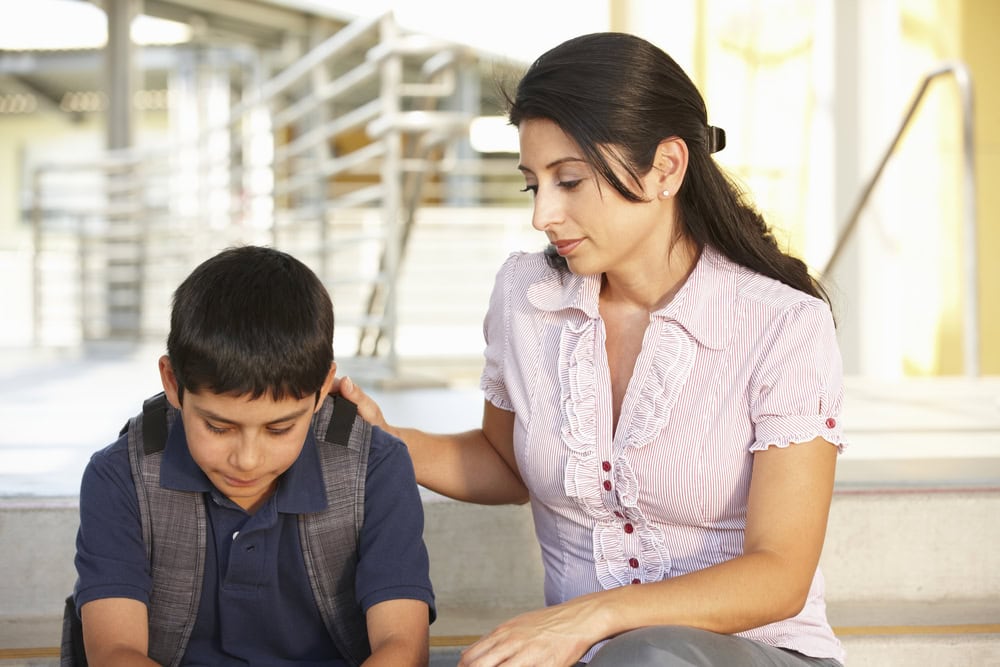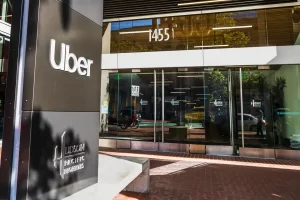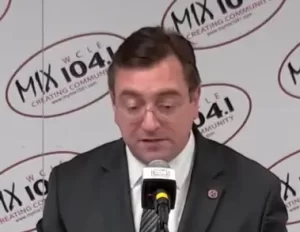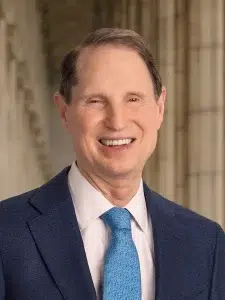A new study published has found that most children who experience sexual abuse are not believed, heard, or protected when they attempt to disclose what happened to them.
The research, published in Health & Social Care in the Community and led by Dr. Lynne McPherson of Queensland, Australia’s Southern Cross University’s Centre for Children and Young People, draws from in-depth interviews with 51 adult survivors of child sexual abuse in Australia, and paints a sobering picture of systemic and familial failure.
Despite growing public awareness and alarming statistics showing that more than one in three girls and nearly one in five boys experience sexual abuse before age 18, official response rates remain disturbingly low.
The study explores the gap between self-reported abuse and official action. Most participants had disclosed their abuse multiple times across various life stages, often beginning in childhood—but were dismissed, disbelieved, or ignored by adults who should have intervened. Key findings include the frequent failure of parents, teachers, religious institutions, and healthcare providers to recognize signs of abuse or to take disclosures seriously.
Participants recounted disclosure triggers ranging from physical pain to growing awareness that their experience wasn’t “normal.” Some were inspired to speak out after attending school education sessions about abuse. Yet even when children clearly signaled distress, they were often silenced—either through parental denial, institutional inaction, or psychological minimization.
Enabling factors, while less common, were powerfully protective when present. Survivors described feeling validated and safe when disclosures were met with belief and immediate action, whether from a trusted parent, teacher, or trained support service. These moments of acknowledgment often marked a turning point in their healing process.
The study highlights the strategic silencing by abusers, many of whom were family members or close family friends. These individuals used grooming tactics not only on the children, but on their parents and communities, allowing them to maintain access and escape accountability. In some cases, non-abusing parents were complicit, unresponsive, or emotionally incapable of protecting their children.
Lily’s case, detailed extensively in the report, illustrates the devastating consequences of repeated institutional and familial failures. From being disbelieved by doctors and teachers to being silenced by her own family—even after she witnessed her father abusing another child—her story underscores the importance of early, supportive, and sustained intervention.
Systemic barriers also emerged as major obstacles. Survivors described being let down by schools, churches, and social services that prioritized their reputations over the safety of children. In some religious contexts, disclosures were suppressed to avoid scandal, with perpetrators protected and victims retraumatized through inaction or even punishment.
The study emphasizes that child sexual abuse disclosure is rarely a single moment—it is a process shaped by fear, hope, repetition, and the surrounding environment. Survivors often disclose again and again across years or even decades before they are finally believed.
Recommendations include dismantling the false assumption that every abused child has access to a “nonabusive” parent, training more professionals in trauma-informed response, and strengthening systemic accountability. The authors also call for greater sensitivity to the experiences of children from Indigenous and culturally diverse communities, where mistrust of authorities or fear of stigma may further suppress disclosure.
This research offers a stark warning: children are speaking—but far too often, no one is truly listening.
Prevalence of Delayed Disclosure
While the research was focused on Australia, studies reveal that a majority of child sexual abuse (CSA) survivors in the U.S. delay disclosure for extended periods. According to Child USA, approximately 70–75% of survivors wait five years or more before disclosing the abuse, with many not disclosing until adulthood. The average age of disclosure is around 52 years old.
Barriers to Disclosure
Several factors contribute to the reluctance or delay in disclosing CSA, research published in Behavioral Sciences & The Law suggests, including:
- Fear of Negative Reactions: Survivors often fear disbelief, blame, or retaliation. A study analyzing data from the National Sexual Assault Online Hotline found that nearly 73% of intrafamilial CSA survivors reported receiving negative reactions upon disclosure.
- Family Dynamics: Dysfunctional family structures, rigid gender roles, and presence of other forms of abuse can suppress disclosure.
- Emotional Factors: Feelings of shame, guilt, and self-blame are common among survivors, hindering their willingness to come forward.
Impact of Non-Supportive Responses
Non-supportive responses from caregivers and others can exacerbate trauma. Research indicates that such reactions are associated with increased self-blame and trauma symptoms in survivors.
Legal Reforms and Advocacy
Recognizing these challenges, some U.S. states have enacted legal reforms to support survivors:
- Elimination of Statutes of Limitations: Many states have removed the statute of limitations for felony sex crimes, allowing survivors to seek justice regardless of when the abuse occurred.
- Federal Legislation: In 2022, federal legislation was signed into law eliminating the statute of limitations for individuals who were sexually abused as minors to file lawsuits.
These reforms provide survivors with extended opportunities for justice and healing.




